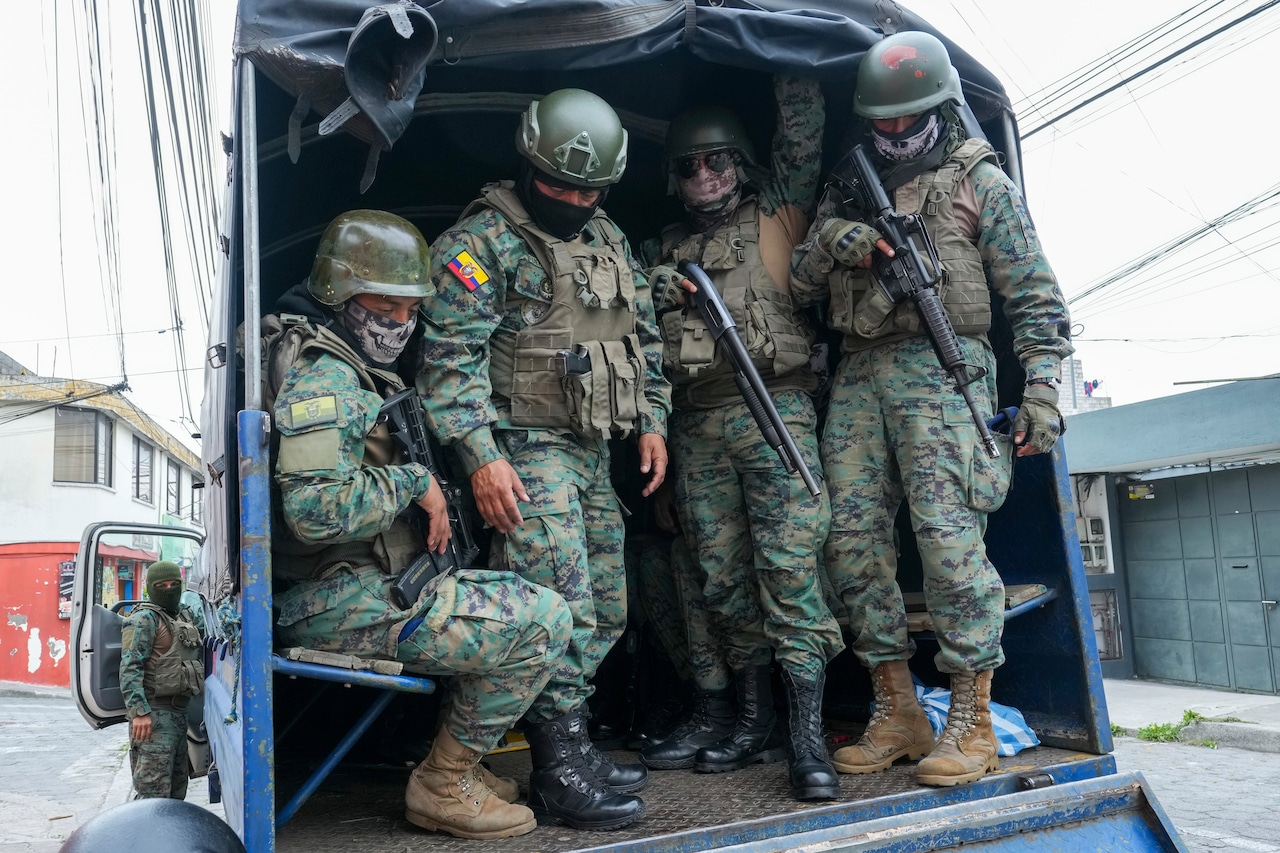STATEN ISLAND, N.Y. — The U.S. Department of State is urging citizens to avoid traveling to Ecuador and is currently limiting travel for U.S. personnel in the country due to civil unrest, crime and kidnapping.
The level 2 travel advisory follows the March 7 extension of a nationwide state of emergency to continue through April 8.
According to the travel advisory, Ecuadorian President Daniel Noboa declared on Jan. 8 that a nationwide state of emergency was in effect for 60 days due to an “internal armed conflict” and military action being taken against organized criminal gangs throughout the country.
The U.S. Embassy in Ecuador points out that violent crimes such as murder, assault, kidnapping and armed robbery are common across the country and that the rate of violent crime is significantly higher in areas where criminal organizations operate.
The embassy also warns that demonstrations frequently take place in the country and that demonstrators often block local roads and major highways.
With some demonstrations lasting weeks, blocked roads may significantly reduce access to public transportation, health services and airports, and travel within and between cities.
The embassy goes on to say that with much of the country’s territory being sparsely populated and isolated, first responders’ and U.S. government officials’ access is extremely limited and can lead to significant delays in assistance to U.S. citizens.
In 2023, there were approximately 44.5 homicides per 100,000 inhabitants in Ecuador — almost double the homicide rate of 25.9 reported in 2022.
If you decide to travel to Ecuador, the State Department suggests you:
- Enroll in the Smart Traveler Enrollment Program (STEP) to receive alerts and make it easier to locate you in an emergency.
- Follow the Department of State on Facebook, Twitter, and Instagram
- Review the Country Security Report for Ecuador.
- Prepare a contingency plan for emergency situations. Review the Traveler’s Checklist.
- Visit the CDC page…
Read the full article here

Leave a Reply